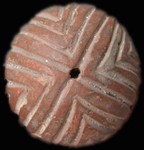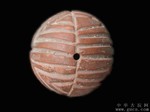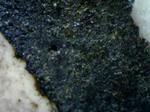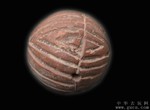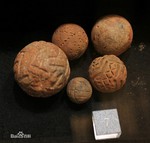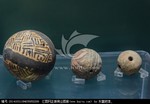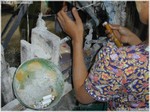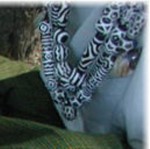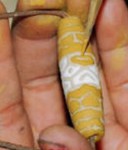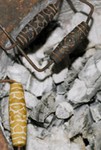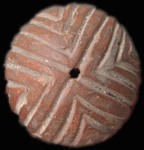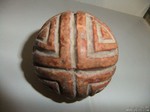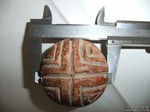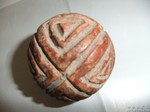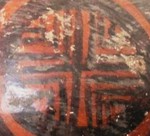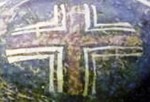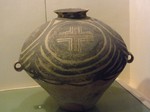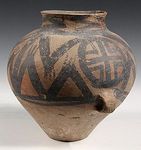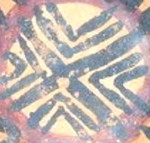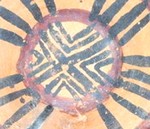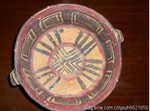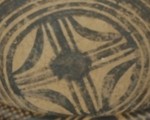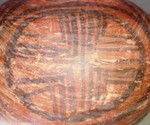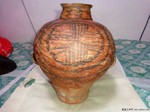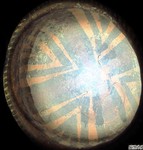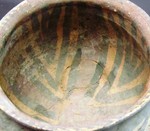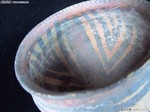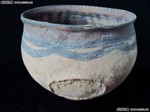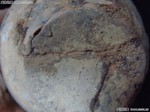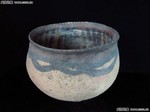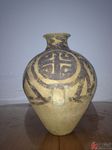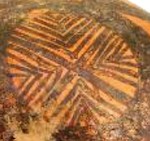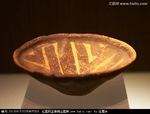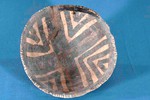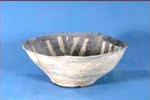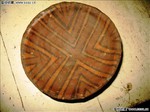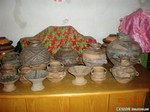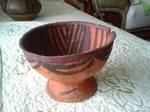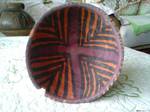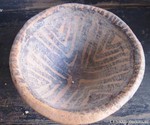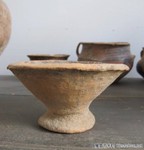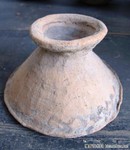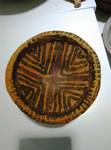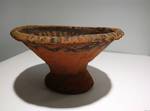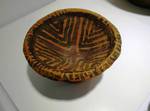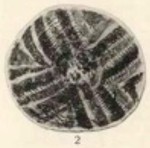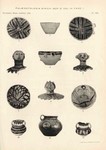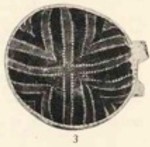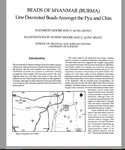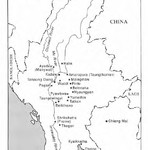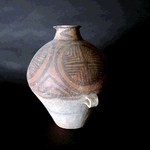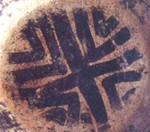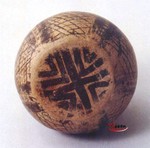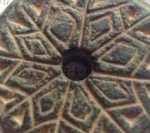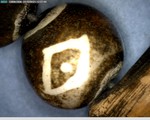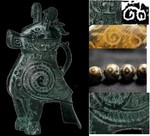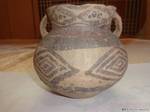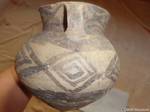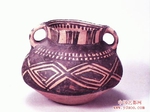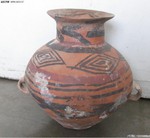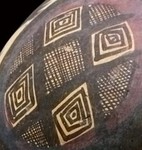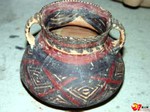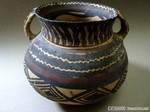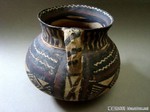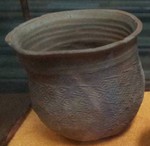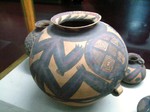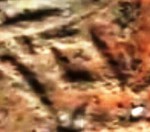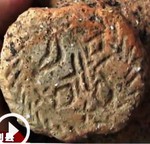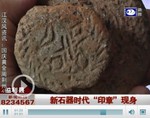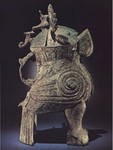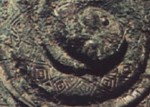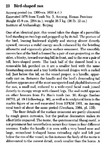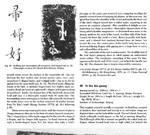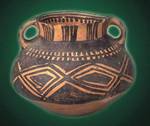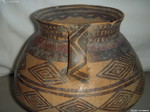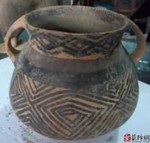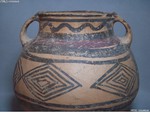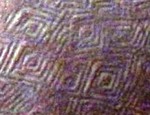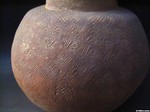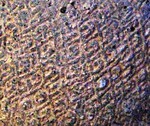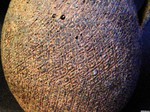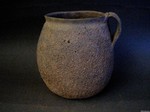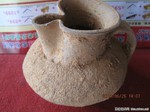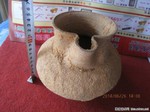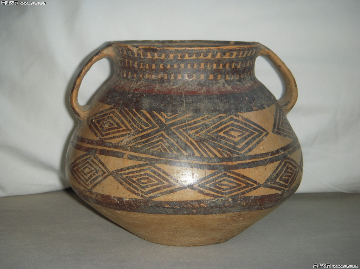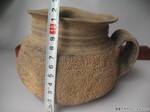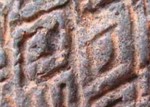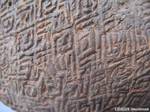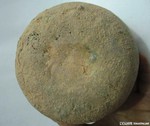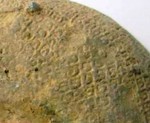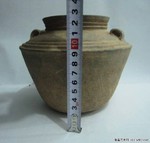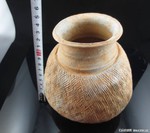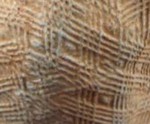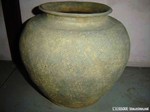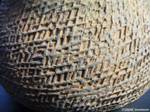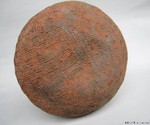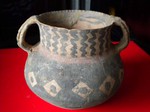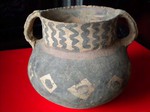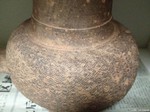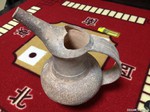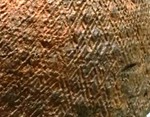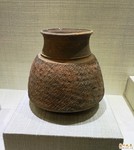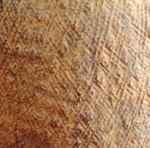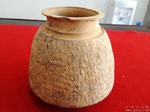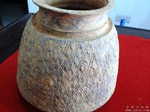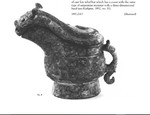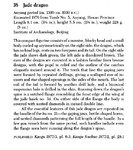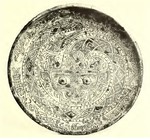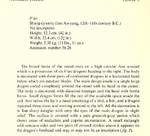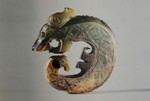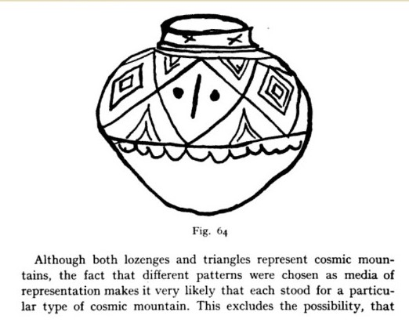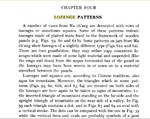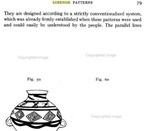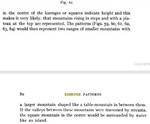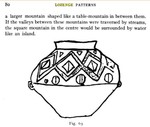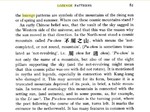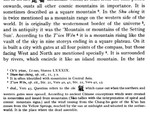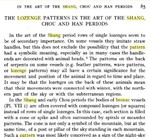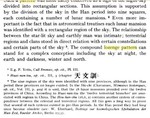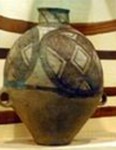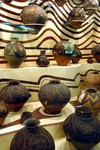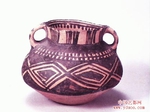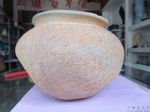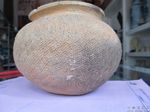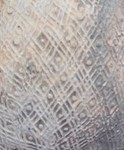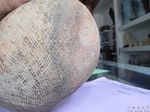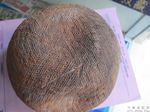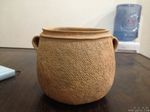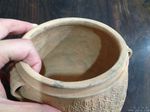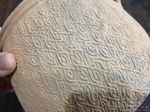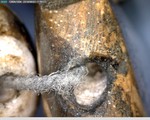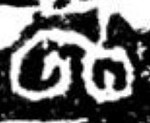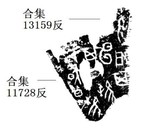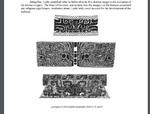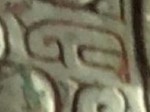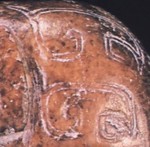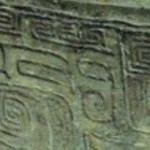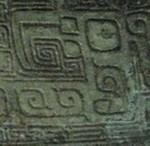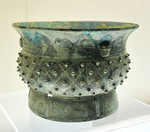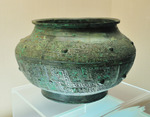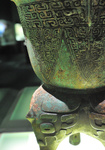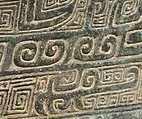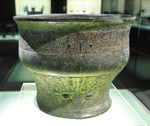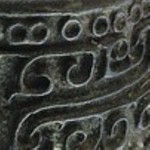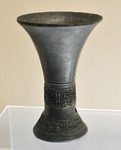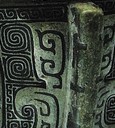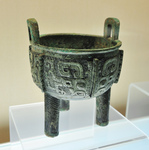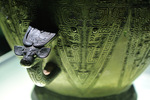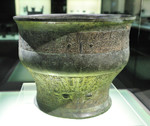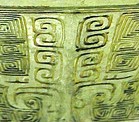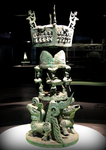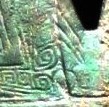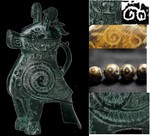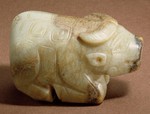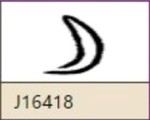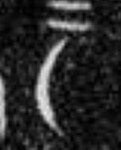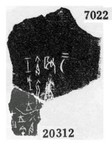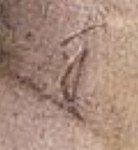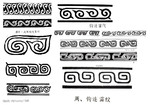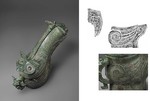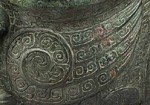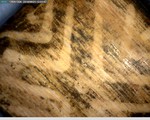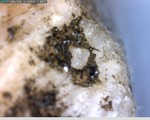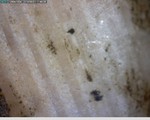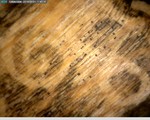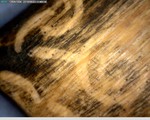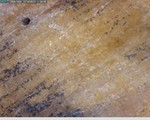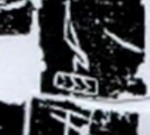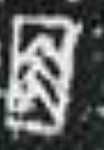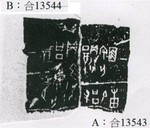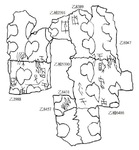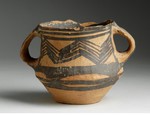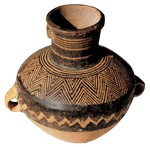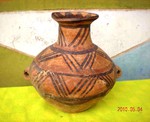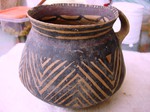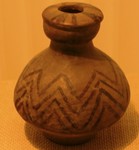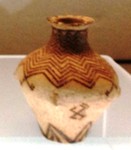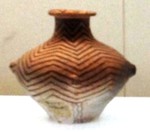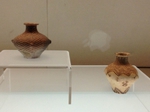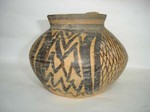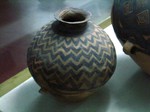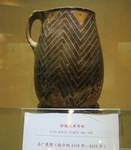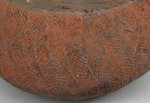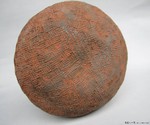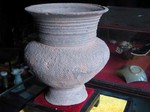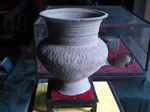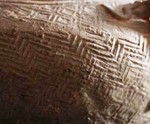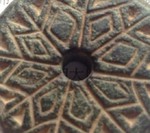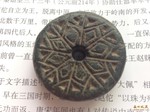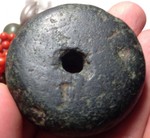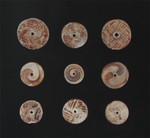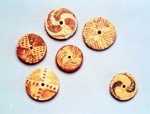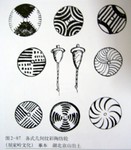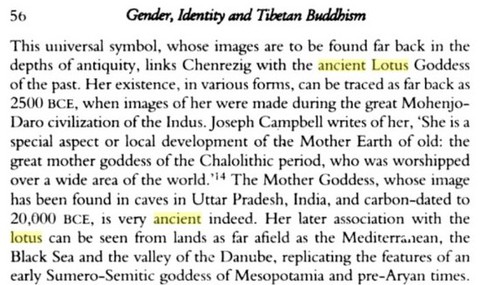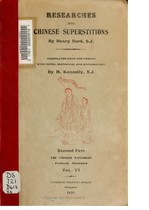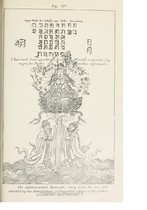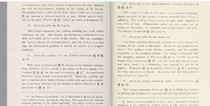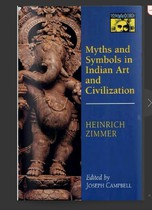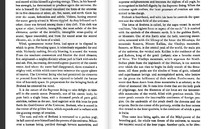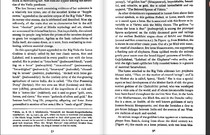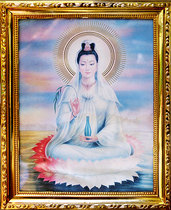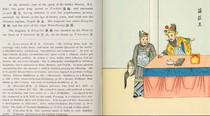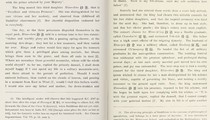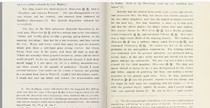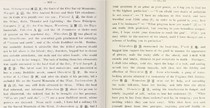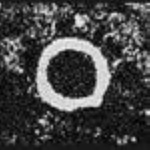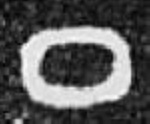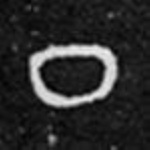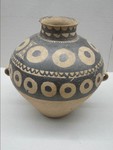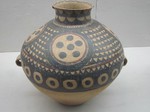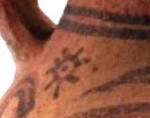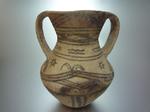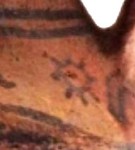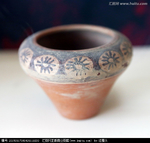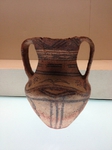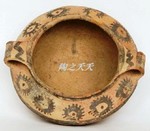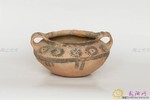
发出的证明书
这是真正的馆藏级邦提克珠,极其罕见和精美。无论是淘宝还是实体店,能见到如此级别邦提克珠的机会为零。这种馆藏级的珠子全部在一些收藏大家手中,根本没有机会在市场上流通
最美丽的珠
感觉的力量珠!
他们给你带来良好的财富!七界这里:可能北斗星7明亮的星星?
铀的痕迹,在二氧化硅。这将导致荧光。
如果你是一个资深的珠饰收藏家,如果你是一个罕见的珠收藏家?这些的,绝对满足您的特定需求
羌族的羊图腾崇拜
他们带给你身体健康!
更多照片可以要求每一个珠。
最古老的佛教图腾来自中国!八叶莲花象征!
虚假紫外线灯是不可能的,这是唯一的真正的考验的第一代邦提克珠
他们给你带来成功!
包括一些见过的最古老的代邦提克珠 !
包括非常罕见的10条纹虎珠!(52mm)
他们给你带来好运!
中国木化石 /
深圳市城市管理局,深圳仙湖植物园,国土资源部沈阳地质矿产研究所编著.
当你购买钻石。当你购买蓝宝石。当你购买一个红宝石。只有最有经验的,如果能真正通过考试用10倍放大镜告诉。接下来的程序是使用很多工具,包括显微镜检查宝石。我的所有珠子显微镜下检查。每个结果公布与显微镜下拍摄的照片。
谨防假货!
显微照片不能说假话!这些都是正品中国古代珠子!
Email: info@ccbeads.co.uk
Where to find us:
Business hours
Telephone
NEW! SHANG BRONZE INSCRIPTIONS/MACHANG POTTERY DESIGNS IDENTIFIED ON BEADS? DESIGNS FOUND ON DAXI CULTURE POTTERY (5000-3300 BC). 大溪文化 AND QUJIALING CULTURE (3400-2600 BC) 屈家嶺文化
PLEASE NOTE: WE ARE PREPARED, AND INDEED EXPECT, TO HAVE OUR BEADS SCRUTINIZED BY EXPERTS UTILIZING THE MOST UP-TO-DATE SCIENTIFIC PROCEDURES.
THE DAXI CULTURE CERAMIC/TERRACOTTA BALL BELOW IS STRIKING IN THAT IT BEARS TWO DESIGNS THAT ARE FOUND ON THE HAKA CHIN HEIRLOOM BEADS. IT CAN BE SEEN THAT THE NECKLACE (ONE OF SEVERAL THAT WE HAVE) COMBINES THE TWO BEAD DESIGNS EXCLUSIVELY, ALTERNATING CROSS WITH EYE/LOZENGE.
PLEASE COMPARE PHOTO 4 WITH 1,3,5,7 AND 8. PHOTO 4 IS A CLOSE UP OF A BEAD SHOWING HOW THEY WERE MADE. WHEREAS THE DAXI BALL IS HARD - BAKED ENGRAVED, AND ONLY UNEARTHED IN MODERN TIMES, THE BEAD HAS BEEN AN HEIRLOOM MORE THOUSANDS OF YEARS - HENCE THE WEAR. BOTH METHODS OF FABRICATION APPEAR SIMILAR WITH A BAKING PROCESS AT THE END. OTHER DAXI BALLS CAN BE FOUND SHOWING MUCH MORE WEAR AND TEAR.
BELOW: MODERN COPIES MADE IN MYANMAR. NOTE THE BRIGHT COLOURS OF THE FINISHED ARTICLE (2). tHE LAST 2 PHOTOS OF DAXI CULTURE POTTERY BALLS SHOW THAT THE ETCHING TECHNIQUE DATES BACK TO AT LEAST 6300 YEARS, AND POSSIBLY MUCH EARLIER.
POTTERY FROM THE QINGHAI WILLOW BAY LIUWAN CEMETERY MUSEUM.
PLEASE COMPARE THE CROSS STYLE WITH THE HAKA CHIN HEIRLOOM BEAD. IT IS ACCEPTED THAT THE SHANG ERA QIANG PEOPLE OF THE QINGHAI AREA MIGRATED SOUTH INTO TODAY'S MYANMAR, EVENTUALLY SETTLING IN THE CHIN HILLS.
LINK TO THE MUSEUM: http://www.showchina.org/tour/lyd/wyqh/jd/04/200807/t198594.htm
NB. THE BEAD WIDTH IS LESS THAN 20MM. THE CROSS ON THE POTTERY IS ON A MUCH LARGER SCALE.
MORE ON THIS STYLE OF BEAD DESIGN IS TO BE FOUND BY SCROLLING AND ON THE NEXT PAGE SECTION.
PHOTOS FROM THE GANSU POTTERY MUSEUM AND CHONGQING THREE GORGES HOSPITAL MUSEUM AND THE NET.
PLEASE CLICK ON PHOTOS TO ENLARGE
ABOVE LAST 3 PHOTOS FROM: Nils Palmgren, 'Kansu mortuary urns of the Pan Shan and Ma Chang groups', Palaeontologia Sinica Ser. D., Vol. III, Facs. 1. Stockholm: Hasse W. Tullberg, 1934.
BELOW: TWO TYPES OF NEOLITHIC POTTERY/TEXTILE SPINNING WHEELS. THE RESEMBLANCE BETWEEN THE BEAD DESIGNS AND THE WHEELS IS CLEAR.
THUNDER SCROLL LEIWEN AND DRAGON SYMBOL NECKLACE. POSSIBLY A VERY IMPORTANT CLAN EMBLEM.
WHEN THE SYMBOL ON THE BEAD IS COMPARED TO THE SHANG BRONZES AND JADES SHOWN BELOW, THERE APPEARS TO BE A REMARKABLE RESEMBLANCE.
THIS WOULD ALSO APPEAR TO BE THE CASE WITH REGARD TO SHANG BRONZES AND JADES DEPICTING DRAGONS WITH DIAMOND LOZENGE SHAPES. SOMETIMES THE DRAGON BACKS/TAILS ARE COILED.
WE HAVE TAKEN EXAMPLES FROM THE SHANGHAI, METROPOLITAN, FREER, SHANXI MUSEUMS AND ART GALLERIES TO NAME A FEW.
FROM OUR LIMITED RESEARCH CAPACITY, WE HAVE ONLY BEEN ABLE TO LOCATE ONE EXAMPLE ON ORACLE BONE INSCRIPTIONS THAT RESEMBLES THE THUNDER SCROLL/LEIWEN. WE ARE HOPING THAT SCHOLARS/INSTITUTIONS MAY TAKE THIS FURTHER.
THE COMBINATION OF THE LEIWEN AND DRAGON'S EYES MUST HAVE BEEN A VERY POWERFUL COMBINATION.
SIMILAR EYE BEADS HAVE BEEN RECOVERED FROM 2ND CENTURY B.C. SITES IN MYANMAR.
PLEASE CLICK ON EACH PICTURE TO ENLARGE
THE LAST 3 PHOTOS ARE OF A SEAL FROM JIANLI ESTIMATED AT 6000 YEARS OLD.
WE HAVE ALWAYS THOUGHT OF THE 'EYE' BEADS AS BEING JUST THAT. HOWEVER, IN THE LIGHT OF THE DISCOVERY OF THE LIKENESS TO SHANG DRAGON DIAMOND PATTERNS THIS IS OPEN TO DISCUSSSION. POSSIBLY THEY REPRESENT ALL-SEEING EYES OF THE DRAGON.
ON THE NEXT PAGE, YOU WILL FIND OUR PROPOSITION THAT THE EYES WERE ALIGNED ON THESE VERY SMALL BEADS TO RESEMBLE A TURTLE FACE. THIS COULD NOW BE INTERPRETED DIFFERENTLY.
MORE PHOTOS OF THIS VERY IMPORTANT 78 BEAD (PLUS LARGE BEAD) NECKLACE CAN BE FOUND ON PAGE 4 (SEE MENU).
PLEASE REMEMBER THE ROUND BEADS ARE ROUGHLY 8MM TO 15MM, SQUARE BEADS 10MM-20MM AND LONG BEADS ARE 20MM-50MM. THE WORK IS VERY DELICATE, DIFFICULT TO REPLICATE EVEN WITH TODAY'S EQUIPMENT.
ABOVE: MACHANG POTTERY AND SET OF 9 PHOTOS OF SHANG POTTERY
In Chinese lore, the dragon was a benevolent creature with powers to bring rain, floods, and even hurricanes to a land. Along with this ability, the dragon signified power, strength, and good luck.
BELOW: SHANG POTTERY. NOTE THAT THERE IS A DEFINITE DESIGN EMPLOYED IN THE MANUFACTURING PROCESS.
The king sacrificed to the high god, Di, responsible for the rain, wind, and thunder. It seems that Di’s importance in the religion of this period was more important than it would later become, when the more impersonal concept of “Heaven” became dominant.
The bodies of decorated bronze containers used to hold sacrificial offerings during ceremonies were often cast with high-relief, sculpted forms of "dragons" showing two sides of their bodies splayed forth from a common head. The background surrounding these main motifs was frequently filled with angular or curving lines that form a design known as a "cloud pattern" or "cloud and thunder pattern," which symbolized the primordial forces constantly at work in the universe.
Thunder, which brought rain to water crops, was obviously a very important symbol to the ancients. This symbol can be found on all types of objects from the Shang era.
云雷纹,有时也指云纹(卷云纹、云气纹)、雷纹(目雷纹、三角雷纹、波形雷纹、斜角雷纹、勾连雷纹),是东亚一种模仿云和雷的纹饰,是云纹和雷纹的结合,用于陶器、瓷器、漆器和青铜器之上,以作装饰。
Origin of the Dragon
A number of legends concerning the origin of the dragon emerged in the course of Chinese history, of which the Totem-Worship Theory is more popular than the others. A totem is an object (such as an animal or a plant) that serves as an emblem or protector of a tribe, reminding them of their ancestry, and the tribe firmly believes that they are related by blood to a certain animal. Almost every tribe had its own unique totem in ancient times. It was said that Huangdi fought with Yandi for the throne after the demise of Chi You, which ended up with the victory of Huangdi who adopted an imaginary dragon for his coat of arms. Later, Huangdi launched a series of wars against the nine tribes on the Yellow River Valley, and incorporated the other tribes' totems into his own after defeating them (thus explaining why the dragon has attributes of nine other creatures), claiming himself to be monarch of the central plains of China after his great unification. The dragon totem has been popular throughout China ever since.
THE LOZENGE OR DIAMOND SHAPE IN THE SHANG ERA
THUNDER SCROLL OR LEI'WEN
WATER OR MOUNTAIN SYMBOL?
THIS BEAD DESIGN IS VERY SIMILAR TO OBI AND BRONZE/JADE/POTTERY INSCRIPTIONS FROM THE SHANG DYNASTY.
PLEASE NOTE: MANY MORE EXAMPLES OF THIS DESIGN ARE GIVEN ON THE NEXT PAGE.
LOTUS SYMBOL OF ANCIENT REPRESENTATION OF MIAO-SHAN OR POSSIBLY KWAN-YIN/GUANYIN 观音 ? BELOW QUJIALING CULTURE (3400-2600 BC) TEXTILE SPINNING WHEEL AND LOTUS BEAD
PLEASE CLICK ON PHOTOS TO ENLARGE IN ORDER TO READ THE STORY OF MIAO SHAN AND HER ASSOCIATION WITH THE LOTUS. Below excerpt from June Campbell's book.
AS CAN BE SEEN FROM THE EXCERPTS TAKEN FROM THE 'CHINESE SUPERSTITIONS' BOOK OF AD 1920, THE LOTUS WAS CLOSELY ASSOCIATED WITH MIAO-SHAN/KWAN-YIN
9 Circular Ding? 9 Dragons? 9 Suns?
The Nine Tripod Cauldrons (Chinese: Jiuding; pinyin: Jǐu Dǐng). Were ancient Chinese ritual cauldrons They were ascribed to the foundation of the Xia (. C 2200 BCE) by Yu the Great, using tribute metal presented by the governors of the Nine Provinces of ancient China.
https://en.wikipedia.org/wiki/Nine_Tripod_Cauldrons
PLEASE SEE NEXT PAGE FOR A MUCH GREATER EXPLANATION OF DING.
The number 9 is considered lucky in Chinese culture, and this fact is reflected in the depiction of the Chinese Dragon. Nine different animal resemblances make up the appearance of the Chinese dragon. The scales of a Chinese dragon further display the significance of lucky number 9. It is said that dragons possess scales of both the yin and yang essence, with 81 and 36 scales respectively, both numbers being multiples of 9.
According to Chinese myths, the dragon has nine children (not including mortals, such as the legendary Yandi): Bixi, Qiuniu, Yazi, Chaofeng, Pulao, Chiwen, Bi'an, Suanni and Pixiu. More interestingly, the nine dragon children have different characters from one another, and their images (to be more specific, imaginary images) are widely used in architectural decoration, especially in the imperial palaces.
- Bixi, the eldest of the nine dragon children, has the shape of a turtle with sharp teeth, and is fond of carrying heavy objects; it's often depicted on the sides of grave monuments.
- Qiuniu, a yellow scaly dragon, has a liking for music and excels in playing it; it's often used to adorn musical instruments.
- Yazi, with a snake belly and a leopard head, is keen on fighting and killing; it's often used as the decoration of sword grips.
- Chaofeng has an instinctive taste for adventure; it's often used to adorn the roof ridges of palaces.
- Pulao is known for its loud crying; it's often used as handles on the top of bells.
- Chiwen, living in the sea, has a harsh voice and takes delight in devouring the other creatures; it's often erected on the ends of ridgepoles of palaces.
- Bi'an has a fancy for lawsuits, so it's often erected at jail gates.
- Suanni has a shape of a lion and takes delight in sitting cross-legged and smelling the odor of incense; it's often depicted on the incense burners and seats of Buddhist temples.
- Pixiu is fierce and majestic with a horse's body, and it's in charge of exorcising the demons to keep Heaven safe; it's often used to guard gates.
Development of Conceptions of the Chinese Dragon
- In the Shang Dynasty (1600 BC-1046 BC), the dragon existed as a supernatural power in the mind of ancient people, and it was worshipped as a two-pawed prodigy owing to its ferociousness and mysteriousness
-
http://www.chinahighlights.com/travelguide/article-chinese-dragons.htm
DOES THIS BEAD DEPICT THE SUN OR EYE?
THE FOLLOWING IS TAKEN FROM THE BBS.ARTRON NETWORK, BY A WELL-RESPECTED CONTRIBUTOR/MODERATOR KNWON AS 陶之夭夭 TAO OF YAO YAO:
http://bbs.artron.net/thread-1698939-1-1.html
Yi shot on the 9th is a ancient legend, "Shan Hai Jing" has been mentioned. If traced, may have to take into account the
time of the Big Bang, it is visible astronomy and cosmology of the. Han is not just the legendary story of nine sun, in a part of the founding myth of Yi epic "Meige" as described,but also
describes a seven story sun. From this perspective, the story of the legendary record is not just occasional folk legend is always handed down in accordance
with certain basis. Xindian culture from the Shang Dynasty lasted until the late Western Zhou Dynasty, dating back to about 3400 or so. Hua Xia Zimin this period, Chinese culture has formed a prototype. In this type of pottery canister Xindian nine-yang pattern, obviously reflects the ancient community to record more ancient legends and initial understanding of the natural world (see Figure I,
II). Binaural tank system, clearly cans painted black made nine suns pattern.
Can learn by studying the pattern on the painted pottery, it covers not only the production and life of our ancestors and
the natural environment, rich in content, but also the content of some pottery
pattern, and hominids about sun worship. For the formation of the sun and some understanding of human relations, which may be present in the ancient deep sense of humanity, with the development of the times, this deep sense gradually transformed into myths and legends, when the text developed, is the most specific pattern of expression.
羿射九日是上古的一个传说,《山海经》有所提及。如果追溯,也许得考虑到宇宙大爆炸时期,
那是天文学和宇宙学研究的范畴了。不仅仅是汉地传说中有九个太阳的故事,
在彝族的一部创始史诗 《梅葛》所描述的神话故事中,也记载有七个太阳的故事。
从这个角度看,传说不仅仅是民间偶然出现的故事性的记载,传说总是依照一定依据传承下来的。
辛店文化从商代一直延续到西周晚期,距今约3400左右。这个时期的华夏子民,
已经形成了汉文化的雏形。在这个辛店类型的彩陶小罐上的九阳图案,
很明显的反映出上古社会对于更远古传说的记载和对于自然界的初步认识(见图一、二)。
罐体系双耳,罐身清楚地以黑彩绘制了九个太阳图案。
通过研究可以了解,彩陶上的图案,不仅涵盖了先民生产生活与自然环境的丰富内容,
而且有一部分彩陶图案的内容,与原始人类的太阳崇拜有关。对于形成太阳与人类关系的某种认识
,可能存在于上古人类的深层意识当中,随着时代的发展,这种深层意识逐渐转变为神话传说,
文字不发达时,图案就是最具体的表达方式。


















